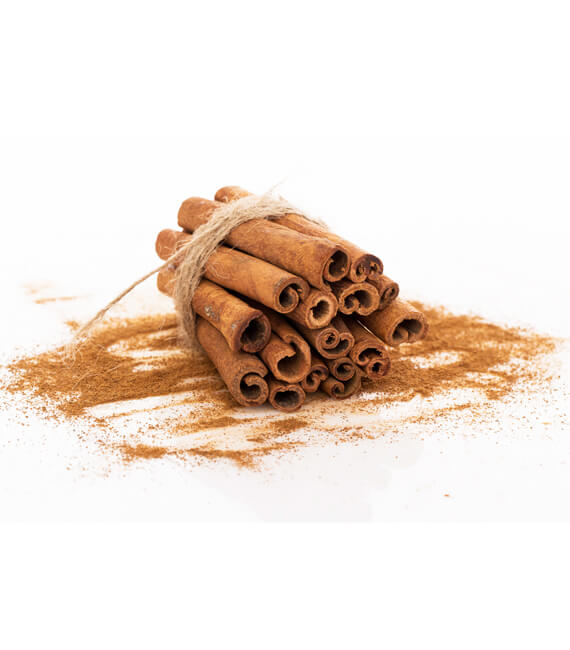Cinnamon has a lot of antioxidants. It possesses anti-inflammatory effects that aid in the fight against infection and the restoration of damaged tissues in the body. Lowers cholesterol levels, which reduces the risk of heart disease. Cinnamon aids in the regulation of blood sugar levels and has a potent anti-diabetic impact. Cinnamon also aids in the prevention of bacterial and fungal infections. Cinnamon quills, quillings, featherings, chips, cinnamon bark oil, and cinnamon leaf oil are commercially available.

The inner bark of mature cinnamon shoots is scraped and connected together with overlapping tubes, the hollow of which has been filled with smaller pieces of cinnamon peels that are dried first in the sun and then in the shade. Broken portions and splits of all grades of cinnamon quills are known as ‘quilling.’ Feathers are feather-like particles of inner bark made up of shavings and small fragments of bark that have been left behind.
Cinnamon “chips” are the thicker stems’ hard, unpeelable barks scraped off. Distilling the leaf and bark separately yields cinnamon leaf and bark oil. Cinnamon bark is a popular spice with a mild aroma and a warming, pleasant flavor.
Uses:
- It is utilized in little pieces or as a powder. Confectionery, liquors, pharmaceuticals, and cosmetics all use it to flavor their products. It has been discovered that it aids diabetics in sugar digestion. It’s astringent, stimulating, and carminative, and it can help with nausea and vomiting.Cinnamon leaf oil is commonly used in fragrance and cosmetics, and cinnamon bark oil has antifungal qualities

